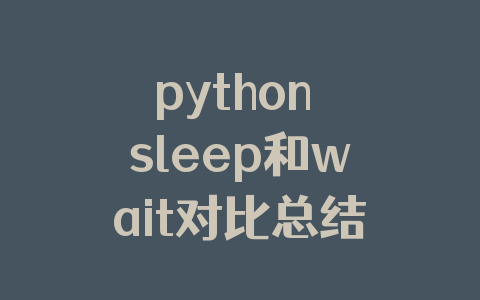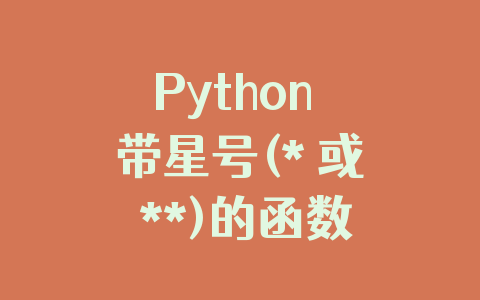1、绑定鼠标事件并获取事件属性
# -*- encoding=utf-8 -*-
import tkinter
from tkinter import *
def left_mouse_down(event):
print(\'鼠标左键按下\')
# 事件的属性
widget = event.widget
print(\'触发事件的组件:{}\'.format(widget))
print(\'组件颜色:{}\'.format(widget.cget(\'bg\')))
widget_x = event.x # 相对于组件的横坐标x
print(\'相对于组件的横坐标:{}\'.format(widget_x))
widget_y = event.y # 相对于组件的纵坐标y
print(\'相对于组件的纵坐标:{}\'.format(widget_y))
x_root = event.x_root # 相对于屏幕的左上角的横坐标
print(\'相对于屏幕的左上角的横坐标:{}\'.format(x_root))
y_root = event.y_root # 相对于屏幕的左上角的纵坐标
print(\'相对于屏幕的左上角的纵坐标:{}\'.format(y_root))
def left_mouse_up(event):
print(\'鼠标左键释放\')
def moving_mouse(event):
print(\'鼠标左键按下并移动\')
def moving_into(event):
print(\'鼠标进入\')
def moving_out(event):
print(\'鼠标移出\')
def right_mouse_down(event):
print(\'鼠标右键按下\')
def right_mouse_up(event):
print(\'鼠标右键释放\')
def pulley_up(event):
print(\'滑轮向上滚动\')
def focus(event):
print(\'聚焦事件\')
def unfocus(event):
print(\'失焦事件\')
if __name__ == \'__main__\':
win = tkinter.Tk() # 窗口
win.title(\'南风丶轻语\') # 标题
screenwidth = win.winfo_screenwidth() # 屏幕宽度
screenheight = win.winfo_screenheight() # 屏幕高度
width = 500
height = 300
x = int((screenwidth - width) / 2)
y = int((screenheight - height) / 2)
win.geometry(\'{}x{}+{}+{}\'.format(width, height, x, y)) # 大小以及位置
label = Label(text=\'标签\', relief=\'g\', font=(\'黑体\', 20))
label.pack(pady=10)
label.bind(\'<Button-1>\', left_mouse_down) # 鼠标左键按下
label.bind(\'<ButtonRelease-1>\', left_mouse_up) # 鼠标左键释放
label.bind(\'<Button-3>\', right_mouse_down) # 鼠标右键按下
label.bind(\'<ButtonRelease-3>\', right_mouse_up) # 鼠标右键释放
label.bind(\'<B1-Motion>\', moving_mouse) # 鼠标左键按下并移动
label.bind(\'<Enter>\', moving_into) # 鼠标移入事件
label.bind(\'<Leave>\', moving_out) # 鼠标移出事件
label.bind(\'<FocusIn>\', focus) # 聚焦事件
label.bind(\'<FocusOut>\', unfocus) # 失焦事件
label.focus_set() # 直接聚焦
Entry().pack()
win.mainloop()

2、绑定键盘事件并获取事件属性
# -*- encoding=utf-8 -*-
import tkinter
from tkinter import *
def keyboard_event(event):
char = event.char
print(\'回车 char:{}\'.format(char))
key_code = event.keycode
print(\'回车 key code:{}\'.format(key_code))
def entry_enter(event):
print(\'输入的内容为:\' + entry.get())
def shift_f(event):
print(\'SHIFT + F\')
print(event.char)
print(event.keycode)
def num_lock(event):
print(\'num_lock\')
print(event.char)
print(event.keycode)
if __name__ == \'__main__\':
win = tkinter.Tk() # 窗口
win.title(\'南风丶轻语\') # 标题
screenwidth = win.winfo_screenwidth() # 屏幕宽度
screenheight = win.winfo_screenheight() # 屏幕高度
width = 500
height = 300
x = int((screenwidth - width) / 2)
y = int((screenheight - height) / 2)
win.geometry(\'{}x{}+{}+{}\'.format(width, height, x, y)) # 大小以及位置
label = Label(text=\'标签\', relief=\'g\', font=(\'黑体\', 20))
label.pack(pady=10)
label.focus_set()
label.bind(\'<Return>\', keyboard_event) # 按下回车
label.bind(\'<Shift F>\', shift_f)
label.bind(\'<Num_Lock>\', num_lock)
entry = Entry()
entry.pack()
entry.bind(\'<Return>\', entry_enter) # 按下回车
win.mainloop()

以上就是Python tkinter之Bind(绑定事件)的使用示例的详细内容,更多关于python tkinter Bind(绑定事件)的资料请关注自学编程网其它相关文章!













